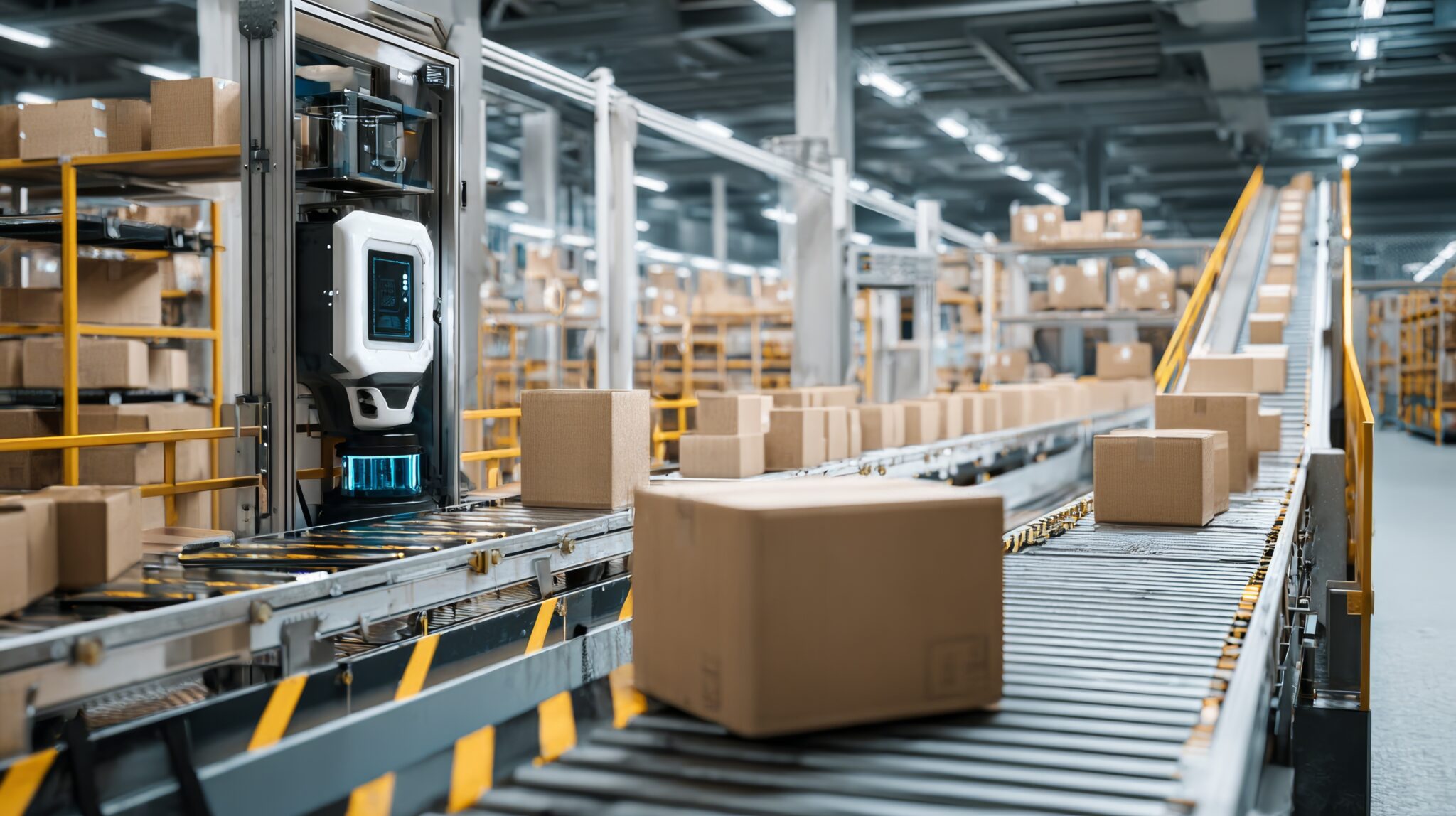THG Fulfil, fulfilment and courier management solution, has announced a partnership with intelligent robotics provider, Libiao. The collaboration will see the installation of 430 state-of-the-art T-sorting robots into THG Fulfil’s automated Manchester warehouse facility, a move projected to increase operational capacity by approximately 75%.
The T-sorting robots are set to be operational in September 2025, providing THG Fulfil with the capacity to output c1 million units per day – a move that will strengthen THG Fulfil’s ability to manage peak demand as it onboards new brands and retailers ahead of the holiday season.
THG Fulfil provides solutions by seamlessly integrating automation, AI-driven technology and proprietary software, delivering customer satisfaction. The strategic implementation of Libiao’s innovative robots is testament to THG Fulfil’s commitment to leveraging advanced automation to enhance speed and improve efficiency across its ecommerce operations. The modular and flexible design of the T-sorting system allows for dynamic scalability, enabling THG Fulfil to rapidly adapt to fluctuating consumer demand, regardless of seasonality.
Libiao’s T-sorting robots are renowned for their high stability and fault tolerance capabilities, boasting a remarkable sorting accuracy of up to 99.9%. The system is engineered to sort for multiple destinations simultaneously, with electroplating robots operating on optimal paths to maximise sorting efficiency. The technology also offers significant space-saving advantages due to its low footprint requirements and versatile deployment options across warehouse levels.
Furthermore, THG Fulfil is Libiao’s UK distribution partner, enabling brands and retailers to access Libiao’s cutting-edge robotics solutions and benefiting from THG Fulfil’s proprietary technology, optimisation and know-how. Brands and retailers will also benefit from rapid deployment capabilities, with installation of Libiao’s robotics solutions possible in as little as three weeks. This short project cycle contributes to fast and high return on investment, resulting in a typical return period of less than three years.
Tom Killeen, COO, THG Ingenuity, said: “We have always believed that fulfilment is a core driver of customer excellence and brand reputation. Our collaboration with Libiao further solidifies our commitment to providing brands and retailers with industry-leading, scalable automation solutions that optimise everything from pick and pack to final mile delivery, ultimately enhancing customer experience and driving loyalty. Our unique approach, which often sees 95% of all units sold moving through some form of automation, combined with our late NDD cut-off times of up to 1am, is truly what sets us apart. We are committed to investing in the future of logistics, while empowering our clients to meet and exceed evolving consumer expectations with unparalleled efficiency.
Jason Zhang, VP of Sales – Europe, Libiao, said: “We’re excited to partner with THG Fulfil, showcasing the elegance and scalability of Libiao Robotics’ solutions. Our compact, modular robots enable rapid plug-and-play deployment. With THG Fulfil as our UK distribution partner — leveraging their vast retail network and warehouse automation expertise — we look forward to expanding Libiao’s reach across new industries. At Libiao, our mission is to make the world more efficient, and this collaboration is a meaningful step toward that goal.”
similar news
Fulfilment Service gets Robots to Boost Warehouse Efficiency





